The Octonauts & the Siphonophore #ScriptToScreen
- Behind the Scenes
- Posted by Nicky Phelan on March 20 2014
Share Tweet
Each Octonauts episode sees the crew meet a fascinating undersea creature. Surely some of the most fascinating of the season were the colony of critters known as the Giant Siphonophore. Raye Lankford, who wrote this episode, came to the original writer’s kick-off meeting with the idea of a story about the siphonophore, in which Kwazii and Dashi go on a mission together to photograph it.
The Octonauts story process involves the writers thinking of a creature they’d like to write about. Together with Stephanie Simpson, Head Writer, and Gabe Pulliam, Story Editor, they research the creature, and weave a story from interesting facts about it with the world of the Octonauts. The story is then checked with our marine experts to make sure the creatures facts are presented as accurately as possible.
For the Siphonphore episode, the creature facts were:
- - Siphonophores live in the midnight zone
- - Siphonophores are not a single creature, but a colony of creatures who provide different functions to help each other survive
- - Siphonphores cannot survive above certain levels of water pressure, they literally burst if they go above these levels of water pressure
- - Siphonophores can be as long as a blue whale
From these facts, Raye’s story tells the tale of a siphonophore surrounding the entire Octopod. Kwazii and Dashi follow the siphonophore into the depths of the midnight zone. The Siphonophore captures Kwazii and Dashi, then they all get stuck in a geyser which pushes them upwards. If they go above a certain point, the siphonphore will burst, so it’s up to the Octonauts to work together to save the day.
Once the script is at a place where we’re all happy with it, the design process can begin.
The design of each of creatures started with our 2D designer, Ryan Adams, researching what the real creatures look like, and reading over the script to get a sense of the personality the writing team have given them. Here’s some of the images Ryan found, and some initial sketches:
And here are some of his initial sketches, designing our ‘Octo-fied’ version:
There are three lead siphonophore characters in the episode. While never named on screen, Raye named them in the script as Saunders, the glowing ‘head’ jelly, Stinger, the lead ‘stinging’ jelly, and Shifty, the ‘hooking’ jelly, who has hooks on his tentacles to catch prey.
In our original drawings, the siphonophore heads were pretty similar; the Octonauts creators, Michael Murphy and Vicki Wong, worked up these fun suggestions for Stinger and Shifty, and you can see the version of Saunders we all liked on the sheet of Ryan’s drawings.
Once we were happy with our three leads, we had to resolve the entire siphonophore. The colony has to be long enough to surround the entire Octopod. Technical Supervisor Eoin Kavanagh worked up some quick previz which helped us figure out how long our siphonophore had to be to carry out what we needed for the story. Turns out, the colony needed 75 polyps!
Here’s some design evolution work of the colour keys created by Art Director Stephen O’Connor:
Here’s the animatic of the sequence where Kwazii and Dashi meet the siphonphore face to face. At this stage, rough storyboard drawings are laid down and timed out the voice-over artist’s performances.
The Octonauts’ voice actors are a talented group of performers who not only provide the Octonaut crew’s vocal performances, but give us a wide range of voices for our episodic creatures under the guidance of Voice Director, Dave Peacock. The lead three voices of the Siphophore were performed by Simon Greenall, Paul Panting, and Keith Wickham, who also perform the voices of Captain Barnacles, Peso and Shellington. (You wouldn’t know it, would you?)
Rob Rackstraw and Teresa Gallagher are the voices behind Kwazii and Dashi; here Kwazii reacts to being captured with a bit of swashbuckle; Dashi is a cooler customer, a little more level-headed than Kwazii in a crisis.
Here’s final animation, where the animated performances of the characters are working with the voices to the point we’re happy with them. Jean Herlihy, our Animation Director, and Declan Doyle, Lead Animator, worked very closely with our team of animators in Crest to make sure that Kwazii and Dashi are in character, and that the Siphonophore polyps portray the right level of comically menacing, without being too scary for our audience.
While animation was being finalised, Paul Sheehy, Lighting TD, got testing our lighting on the characters. The Siphonophore is biolumiscent, so needed to be a light source in the scenes. Here Paul is making sure to get the right level of light coming from the siphonophore, playing on Kwazii and Dashi. You can see the pink/purple light interacting with Kwazii, the blue/green interacting with Dashi.
And here’s how the the scenes looked in the final episode – all brought together with sound effects supervised by Sound Engineer Dominic Lawerence and the wonderful score by composer Darren Hendley, who not only composed the Octonauts’ incredible theme, but scores every episode, with musical signatures accompanying each new creature the crew meet.
And that’s a look in to our creation of the Siphonophore; from script to voices to storyboard, design to modelling to rigging, colour keys to animation and lighting, sound and music, it takes a lot of talented folks to bring an Octonauts creature to screen.
Have you seen the Siphonophore episode? As always we hope you had as much fun watching it as we did making it.
Nicky Phelan
We Love Animation®
Brown Bag Labs is an exciting online space, brought to you by Brown Bag Films. We share great content for families as well as behind the scenes fun and tutorials from the Brown Bag Films team.



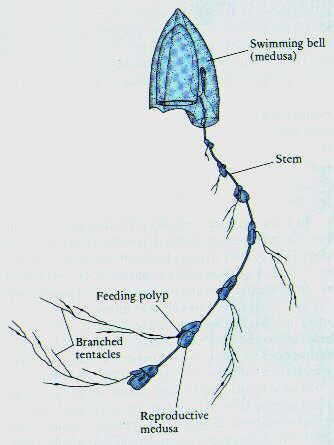
_1.jpg?auto=format&w=800)
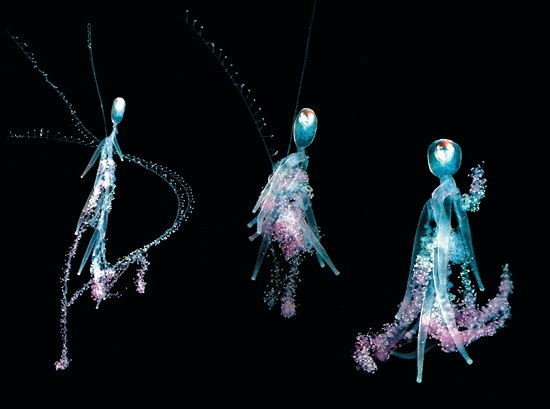


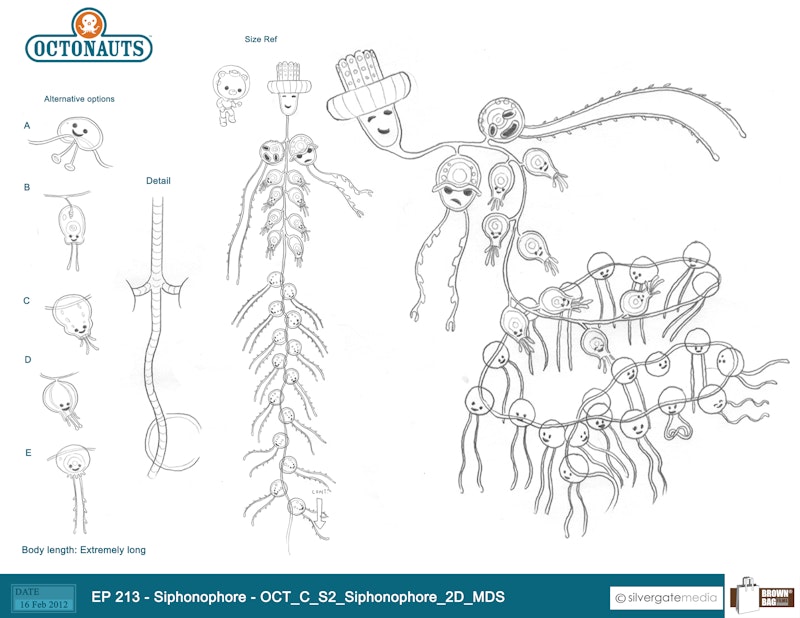
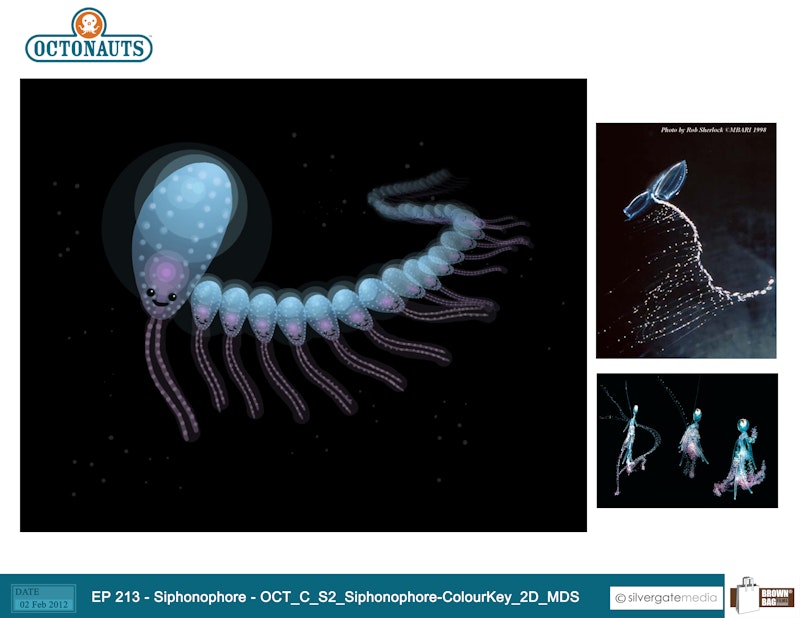
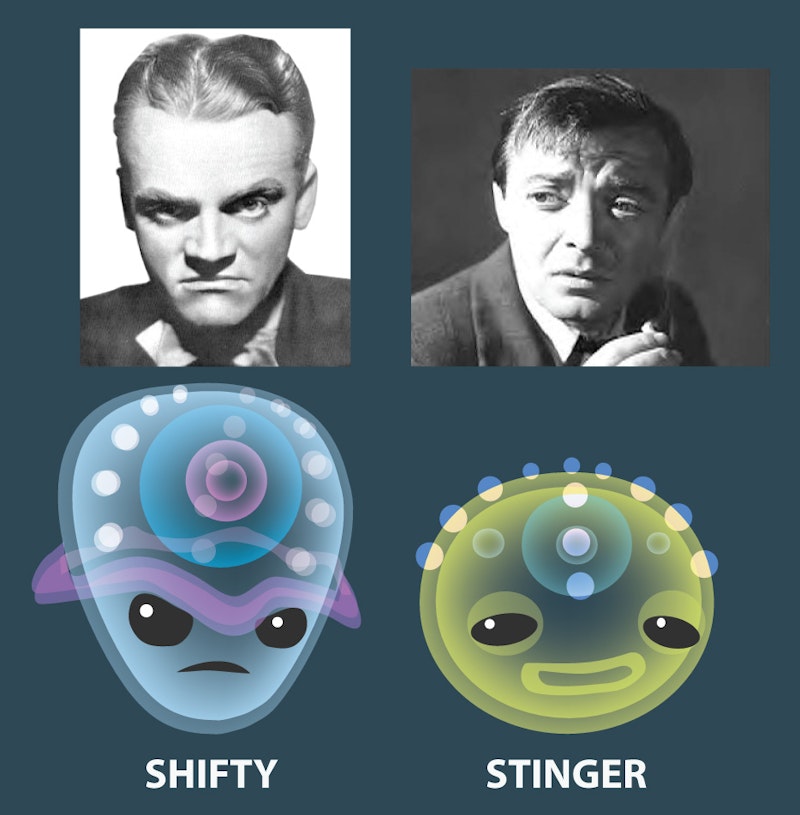
.jpg?auto=format&w=800)
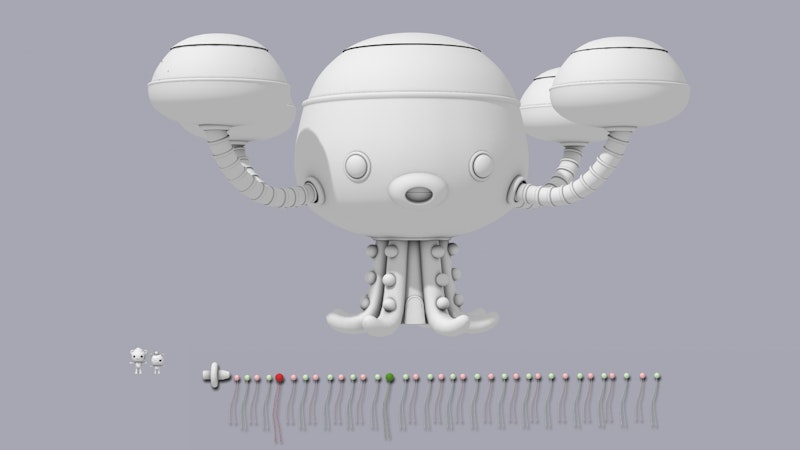

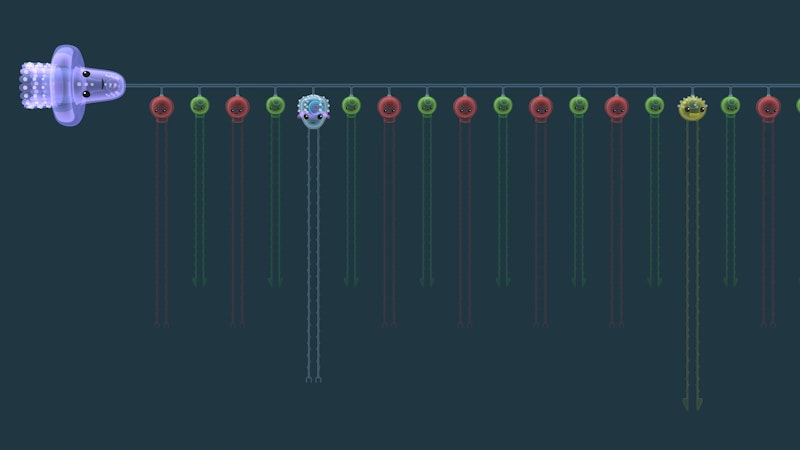
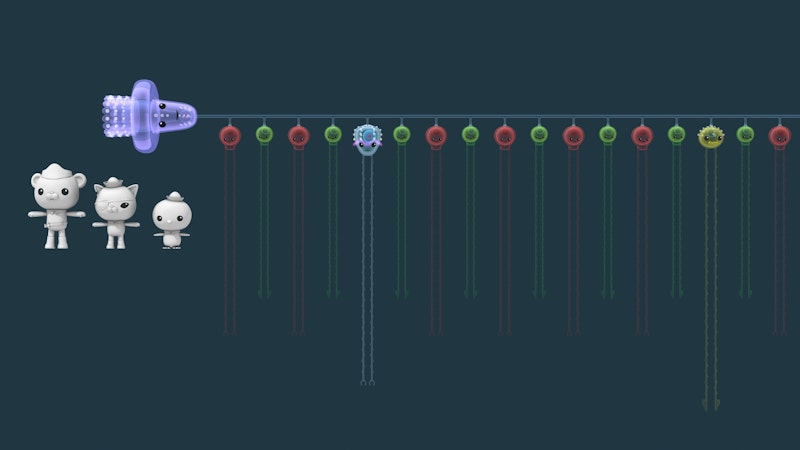
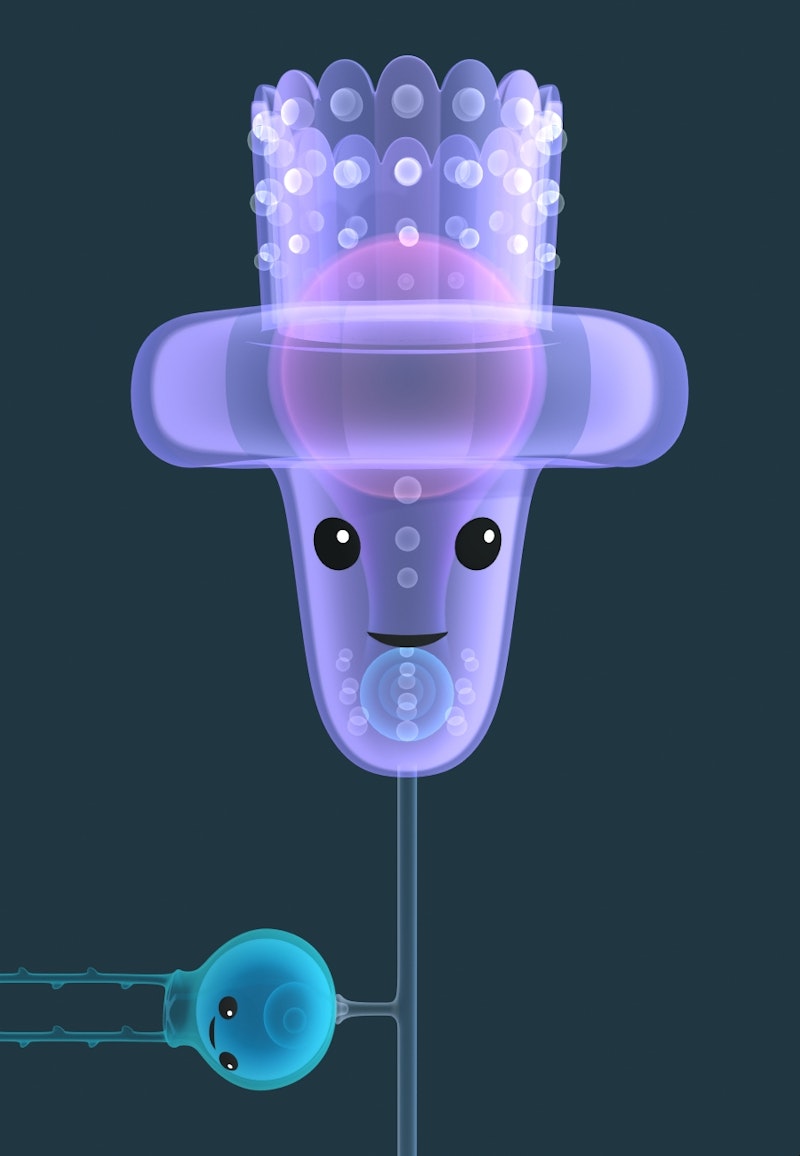

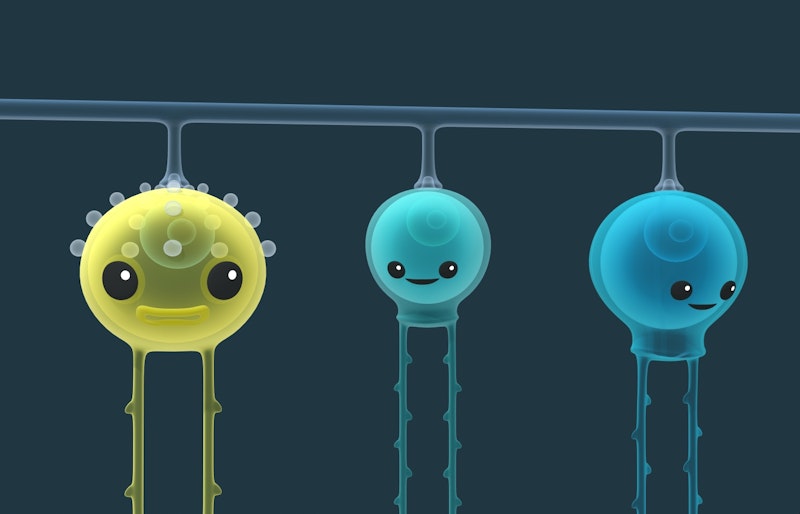
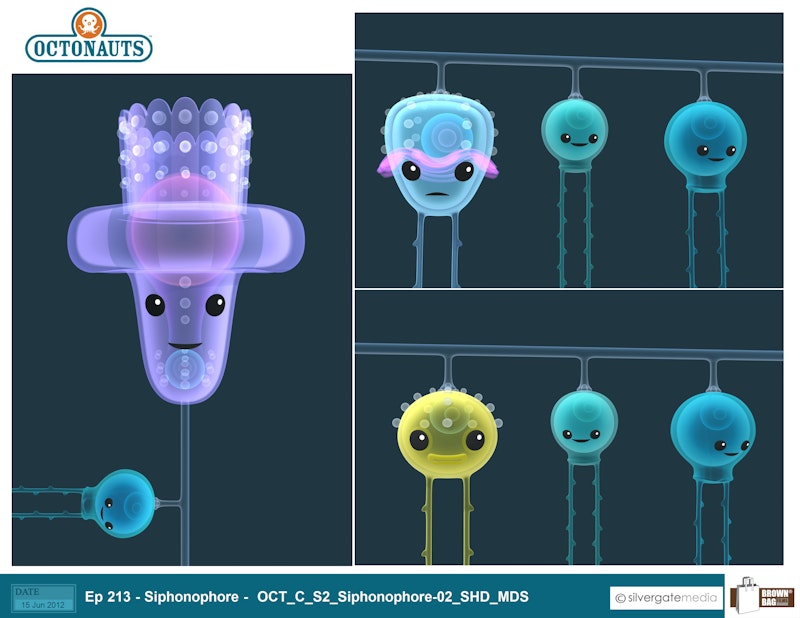



Get our great newsletter!
Get our great newsletter!